from PIL import Image, ImageDraw, ImageFont
im = Image.new('RGB', (400, 300), (200, 200, 200))
text = 'AQj'
font = ImageFont.truetype('arial.ttf', size=220)
ascent, descent = font.getmetrics()
(width, height), (offset_x, offset_y) = font.font.getsize(text)
draw = ImageDraw.Draw(im)
draw.rectangle([(0, 0), (width, offset_y)], fill=(237, 127, 130)) # Red
draw.rectangle([(0, offset_y), (width, ascent)], fill=(202, 229, 134)) # Green
draw.rectangle([(0, ascent), (width, ascent + descent)], fill=(134, 190, 229)) # Blue
draw.rectangle(font.getmask(text).getbbox(), outline=(0, 0, 0)) # Black
draw.text((0, 0), text, font=font, fill=(0, 0, 0))
im.save('result.jpg')
print(width, height)
print(offset_x, offset_y)
print('Red height', offset_y)
print('Green height', ascent - offset_y)
print('Blue height', descent)
print('Black', font.getmask(text).getbbox())
result
Calculate area pixel
from PIL import Image, ImageDraw, ImageFont
im = Image.new('RGB', (400, 300), (200, 200, 200))
text = 'AQj'
font = ImageFont.truetype('arial.ttf', size=220)
ascent, descent = font.getmetrics()
(width, height), (offset_x, offset_y) = font.font.getsize(text)
draw = ImageDraw.Draw(im)
draw.rectangle([(0, offset_y), (font.getmask(text).getbbox()[2], ascent + descent)], fill=(202, 229, 134))
draw.text((0, 0), text, font=font, fill=(0, 0, 0))
im.save('result.jpg')
print('Font pixel', (ascent + descent - offset_y) * (font.getmask(text).getbbox()[2]))
result



